Wealthy motoring enthusiasts love their playthings, many of which are racing circuit-based. There exists a modest sales arena for former F1 cars, mainly because they are pinnacle performers. Yet, an ultimate, purpose-built F1 lookalike, apart from a few twin-seat conversions a few years ago, designed to provide ‘thrill rides’ at Grand Prix and major motor-sporting events, has been overlooked until now.
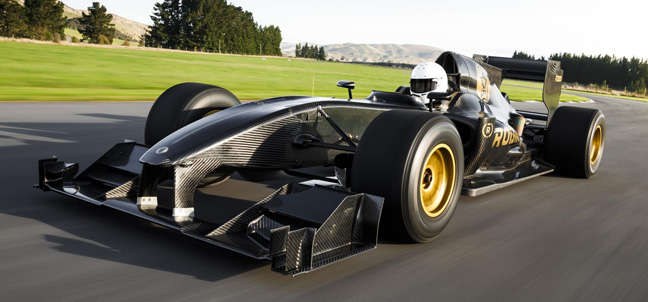
David Dicker, a regular international competitor, has gone the extra mile and established Rodin Cars, a high-tech manufacturer. Styled after the typical F1 car, it is powered by a naturally aspirated, 3.8-litre Cosworth V8 engine that produces a spine-tingling 675bhp at an ear-piercing 9,600rpm. Weighing just 609kgs (including driver) it can accelerate from 0-100mph in a mere 5.0s and boasts a top speed of 186mph. More vitally, it can almost match the lap times of an F1 car, tested at its own circuit.
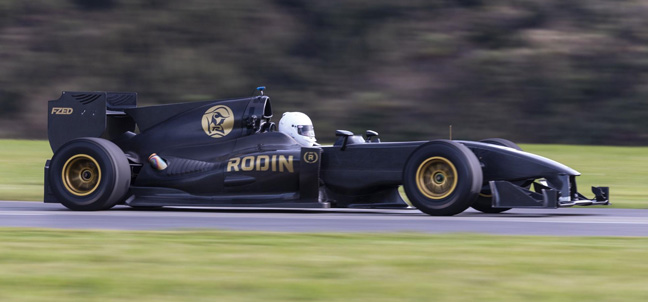
Rodin’s carbon fibre composite chassis and aero package are made in Italy by HP Composites, supplier to European manufacturers and race teams, while its floor features an Indy car style ‘tunnel’, rather than the flat floors used in Grand Prix racing. Its six-speed sequential gearbox is produced by Ricardo, while the carbon-carbon brakes are by Alcon. The high-level four-way adjustable TTX-40 racing dampers are from Öhlins. The exhaust system was designed by Rodin Cars and developed in-house from 3D-printed titanium, while its 13.0-inch diameter magnesium wheels (soon to be produced by 3D printing) from Italy’s OZ Racing are shod with Avon tyres.
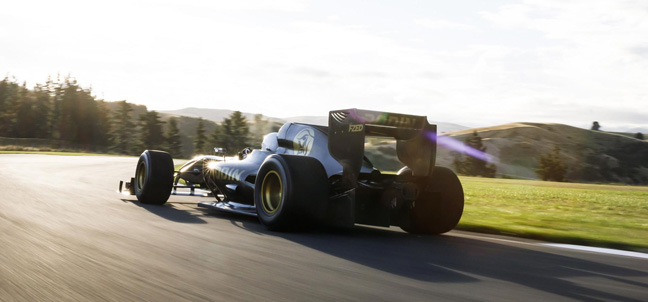
Featuring one of the most diverse collections of 3D printers in the Southern Hemisphere, Rodin Cars has the capability to design and print many components in-house. The firm has also designed and produced all fasteners for the Rodin FZED, starting with titanium bar stock, featuring rolled threads and special surface coating with individual laser-marked part numbers. The titanium 3D-printed steering wheel was designed in-house, along with the composite seat, which is custom fitted for each owner and paired with FIA-approved seatbelts.
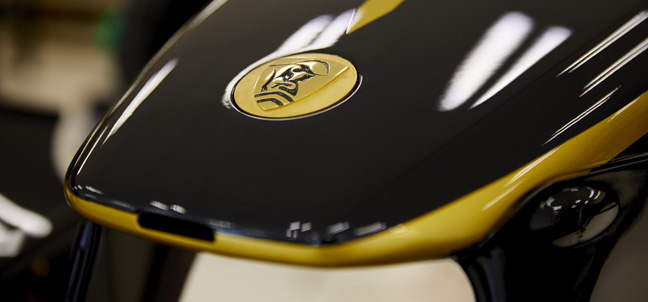
Dicker plans to sell the Rodin FZED to experienced and keen drivers, who relish the opportunity for a near-F1 experience, without the cost, complexity and risk of owning an actual historic Grand Prix car. The cars have been engineered for longevity and durability, with the engine designed to run more than 3,100 miles/5,000 km on 98-octane pump fuel, before strip-down maintenance (a normal F1 car needs the same attention after just two hours running).
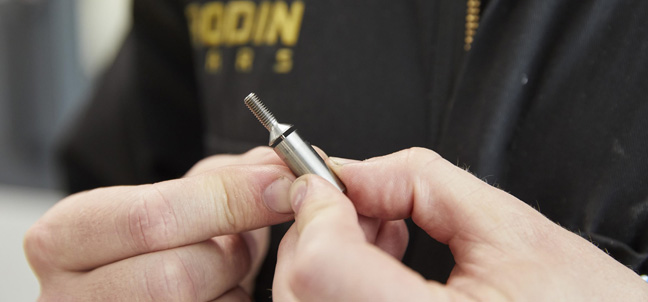
The FZED has been accepted into the prestigious BOSS series in Europe, where competitors race cars possessing a GP heritage. However, many of these cars are becoming too costly and too risky to race, which makes the Rodin FZED even more important, as it lacks the complexity, has parts availability but still provides the commensurate thrills. Rodin presents an unique opportunity in the racing scene and is already building cars to order for this speciality market.
